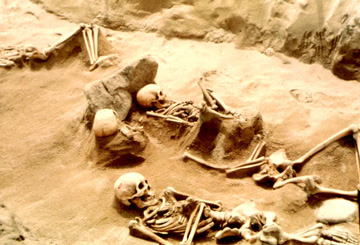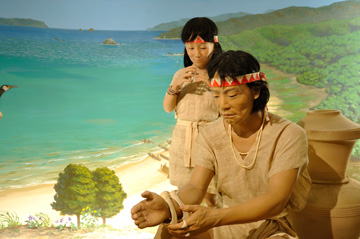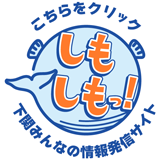本文
Doigahama site


The Doigahama site is a Yayoi period burial site which has been designated as a national historic site.
Geographically, the coast of Doigahama faces Hibikinada from where the wind would have carried over sand to form thick deposits and sand dunes.
The people of the Yayoi period were discovered to have buried their dead atop these gradually-formed sand dunes.
At the Doigahama site, the skeletal remains of about 300 humans were excavated and studied. The findings gave a clearer picture of the differences in face and body between the Yayoi people of Doigahama and the people of the Jomon period. Why do Doigahama Yayoi people and Jomon people carry different traits? This is indeed a question deeply related to the formation of modern Japanese people
. The buried remains at the Doigahama site were also found with ornaments made from many kind of shells.The origins one kind of shell ; Gohoura(Strombus latissimus) ornaments are not native to the surrounding Doigahama area. Exactly where was the shellbrought from? A discovery like this highlights that the reality of trade activities during the Yayoi period exceeds what we've previously imagined.
The excavated human skeletal remains at Doigahama site have expanded our understanding of the roots of the Japanese people.
Our museum is present the many artifacts and human skeletal remains excavated from the Doigahama site.



